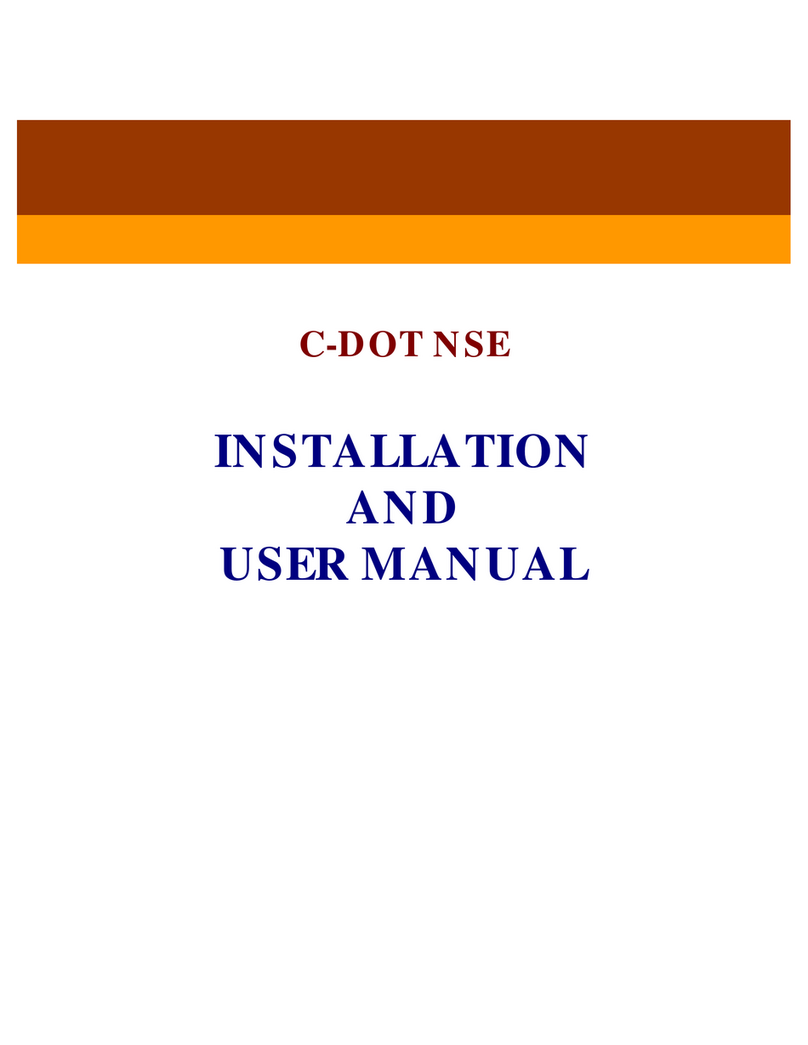
Chapter 11. Fuse Details & Placement...................................................................................................312
11.1. Introduction.................................................................................................................312
11.2. Fuses Used in BM-XL.................................................................................................312
11.3. Fuses Used in LM.......................................................................................................313
11.4. Fuses Used in IOPs (IOP0 & IOP1)..........................................................................313
11.5. Fuses Used for ADP....................................................................................................313
11.6. Fuses Used in CM-XL.................................................................................................313
11.7. Fuses/MCBs Used in Suite PDP................................................................................313
11.8. Fuses/MCBs Used in IOP-PDP..................................................................................314
11.9. Fuses/MCB Used in DCDP.........................................................................................314
11.10. Consolidated List of Fuses and MCBs.....................................................................314
Chapter 12. Operator Positions ...............................................................................................................316
Chapter 13. Invertor Arrangement..........................................................................................................317
13.1. Introduction.................................................................................................................317
13.2. Inverter Input..............................................................................................................317
13.3. Inverter Output Supply Distribution ........................................................................317
Chapter 14. Sign Writing.........................................................................................................................320
14.1. Introduction.................................................................................................................320
14.2. Sign Writing Format...................................................................................................320
Chapter 15. VDU & Printer Setting........................................................................................................323
15.1. Introduction.................................................................................................................323
15.2. VDU Setting................................................................................................................323
15.3. Printer Setting ............................................................................................................326
Chapter 16. Jumper Settings...................................................................................................................328
16.1. Introduction.................................................................................................................328
16.2. Description of Jumper Types......................................................................................328
16.3. Jumper Settings IN BM-XL/LM ................................................................................329
16.4. Jumper Settings in CM-XL ........................................................................................339
16.5. Jumper Settings in IOP..............................................................................................341
Chapter 17. Power-ON Procedure ...........................................................................................................345
17.1. Introduction.................................................................................................................345
17.2. Visual Inspection.........................................................................................................345




























